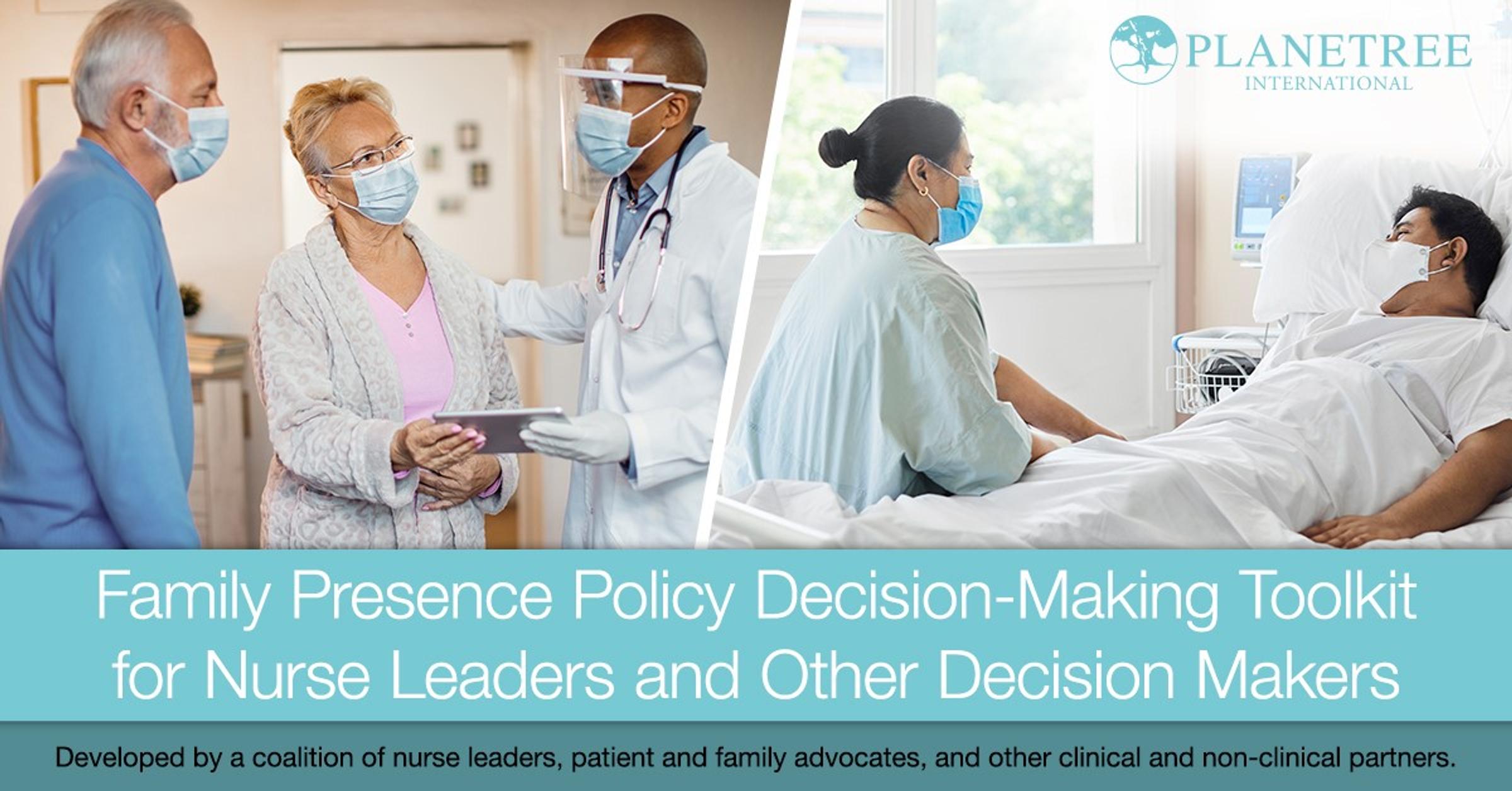ISQua endorses Planetree Toolkit

A new decision-making tool has been developed to help healthcare leaders implement hospital and nursing home visitation policies that balance safety and infection control with the importance of in-person family presence. The free online resource is available at bit.ly/visitingpolicyaid. The decision-making framework was developed by a broad stakeholder group convened by Planetree International. Members included nurses, healthcare executives, quality and safety experts, policymakers, patients and family caregivers.
It has been endorsed by a number of prominent organizations, including healthcare accrediting bodies, nurse professional organizations, patient and family advocacy groups, large health systems and a number of international quality and safety organizations. The effort was funded by the American Nurses Foundation in recognition of the vital advocacy role nurses play in preserving family presence.
“The Foundation is committed to funding a solution that taps into building a healthier world through the power of nursing,” said Kate Judge, Executive Director, American Nurses Foundation. “The toolkit provides a practical solution for nurses to balance the need for safety and family presence which is fundamental to continuing the healing process."
The decision-making toolkit guides nurse leaders and other users through a process of considering a range of variables when establishing visiting parameters. These include local conditions, resource availability, equity, and current evidence about potential harms and benefits of family presence.
“People being separated from loved ones during a healthcare episode has caused immense suffering. Nurses and other caregivers have also agonized over the impact of these visitation restrictions, struggling with what is the ‘right thing to do,’” said Susan B. Frampton, President of Planetree International. “This decision-making aid provides a structure that can help leaders make these challenging decisions with confidence and can reinstate family caregivers at the bedside of their loved ones.”
Early adopters have praised the clear cut, logical rationale behind the tool and expressed that it helped them to advocate for family presence guidelines that align with their professional obligations and values. Key among the recommendations is the involvement of patients and families to inform any policy decisions. Said one early adopter, “We got some really great insight from our family partner. She was a gut check for us.”
